In am interview on the Buitenhof TV show, ECB President Christine Lagarde discussed the bank’s progress in tackling inflation, but refrained from giving forward guidance on the monetary policy.
Lagarde noted significant strides have been made in controlling inflation and bringing it in line with ECB’s target. However, she cautioned that the journey isn’t over yet. “I think we covered a large chunk of the journey toward taming inflation and bringing it back to our target,” she said.
Despite this progress, she made it clear “We are not done yet, we are not pausing based on the information I have today.” And, “inflation outlook is too high and for too long.”
When asked about providing forward guidance, Lagarde expressed caution, citing the potential for various unforeseen factors that could disrupt the economic outlook. “So many things can go wrong that we cannot give what we call forward guidance,” she said. “I don’t have a predetermined number in my mind.”
Lagarde also addressed the ongoing US debt ceiling standoff, emphasizing its potential consequences for both the US and the global economy. “If the United States was to default on its debt it would be a catastrophic development for its economy and for the global economy because of the size of the US economy, because of the depth of its financial sector and because of the totally unpredictable situation that they are facing,” she explained.
Despite these risks, Lagarde expressed optimism that common sense would prevail among US leaders, thus avoiding a severely negative economic development. “I have trust in the common sense and the civic sense of the leaders to reach an agreement — which otherwise would take us into a very, very negative development,” she said.





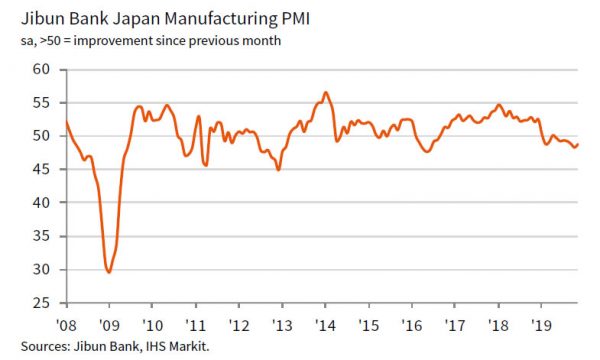
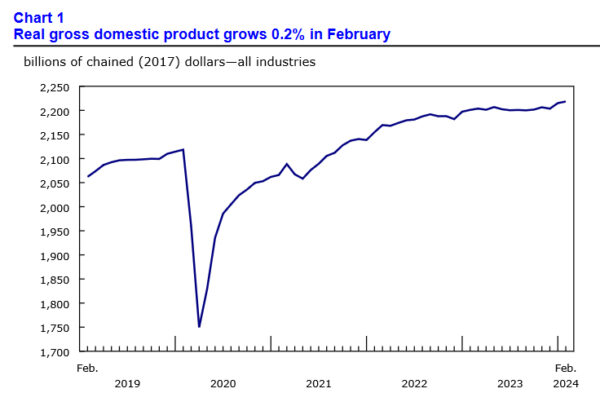

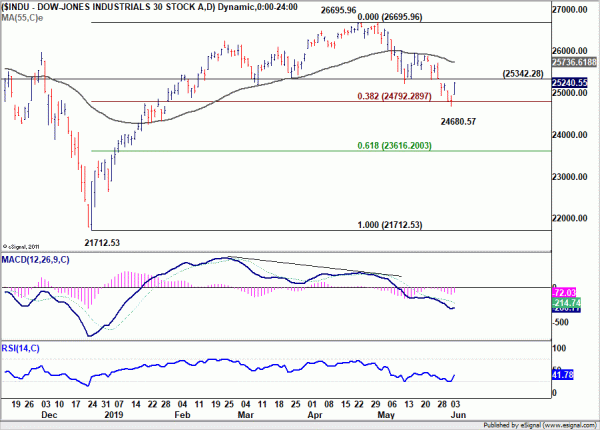
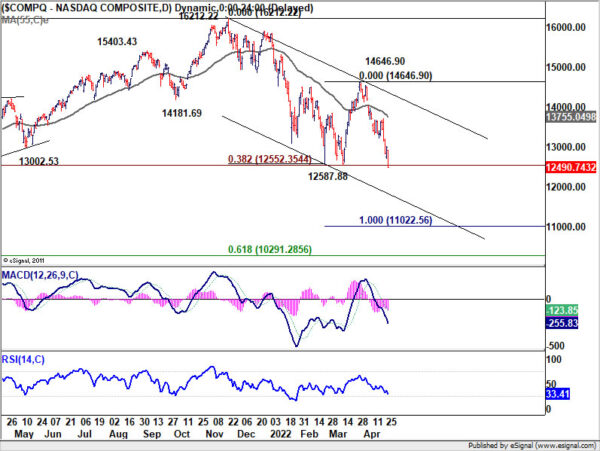
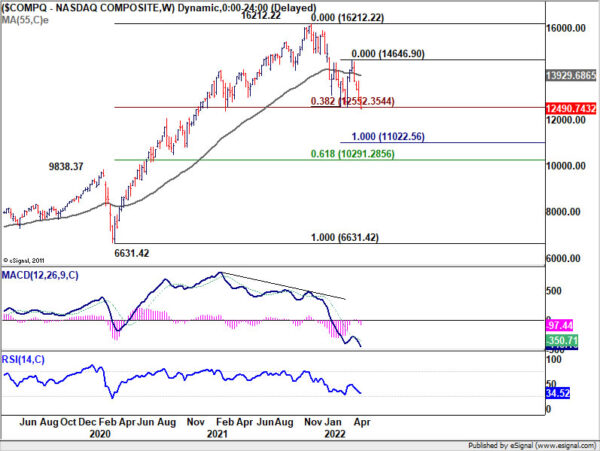
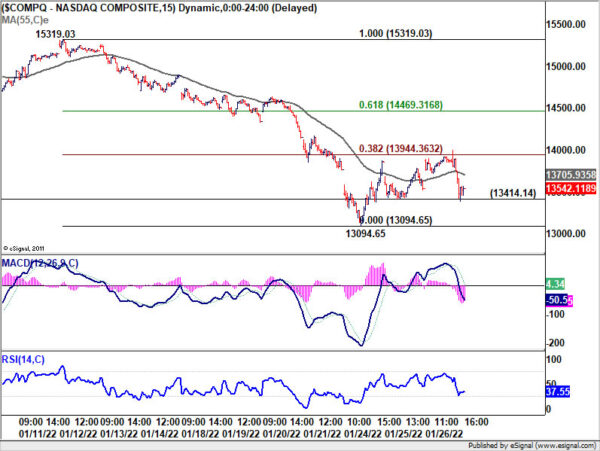
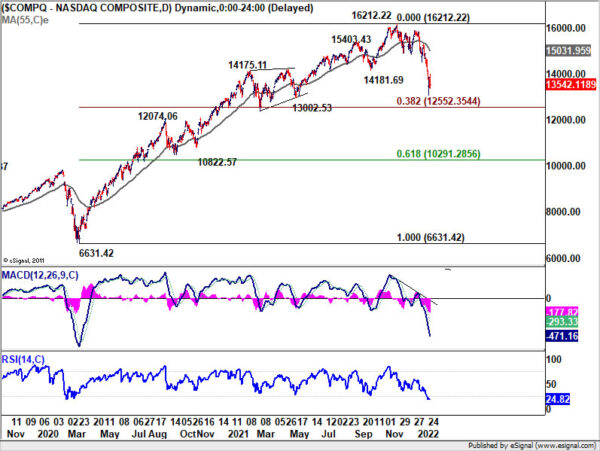
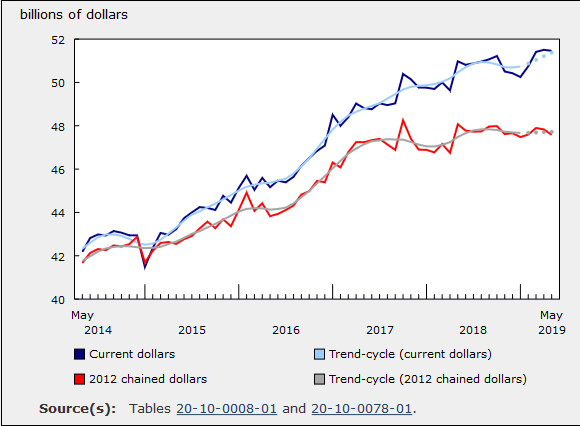
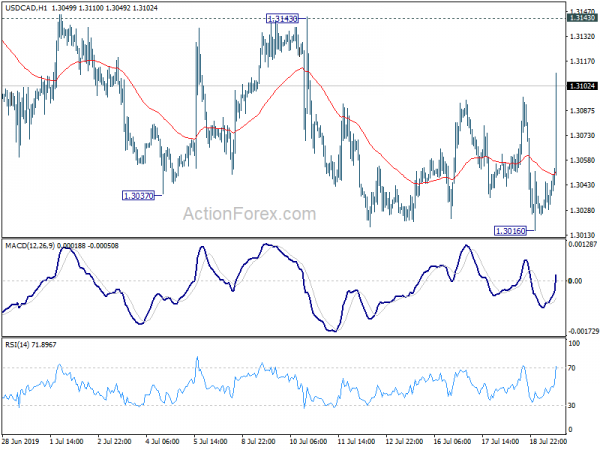
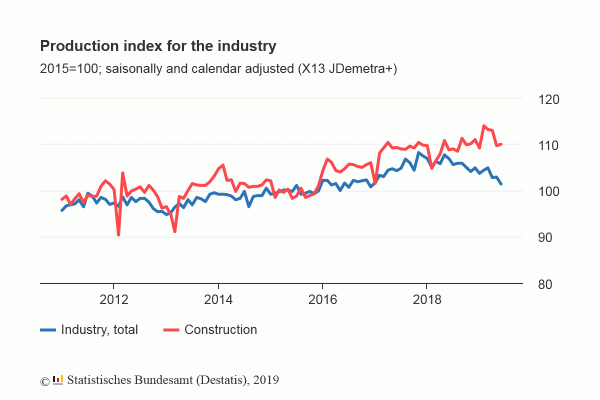
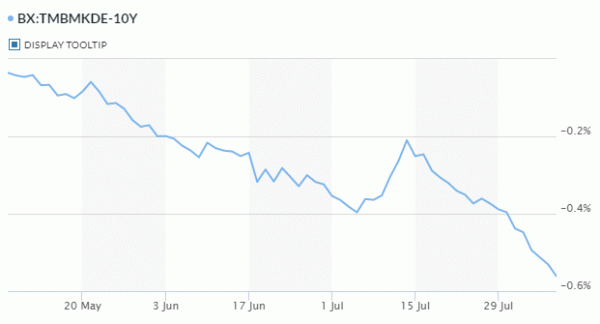
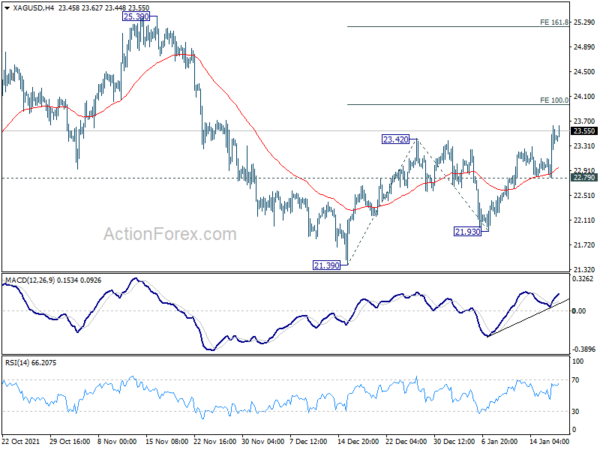
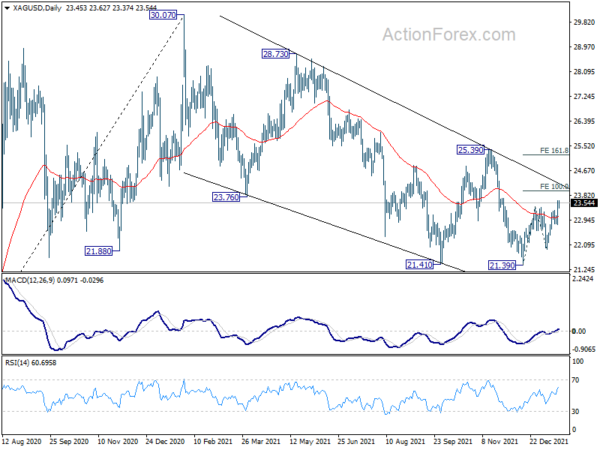
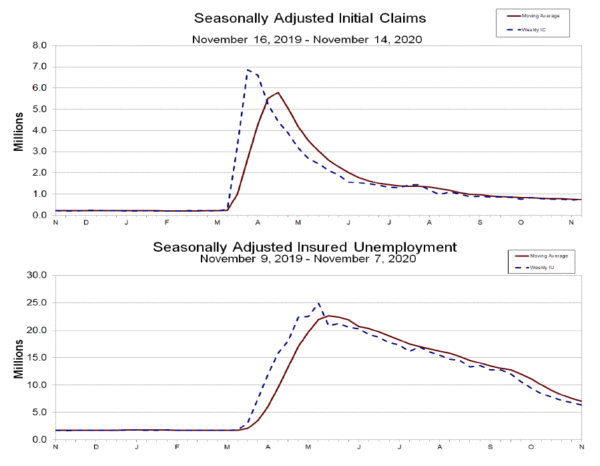
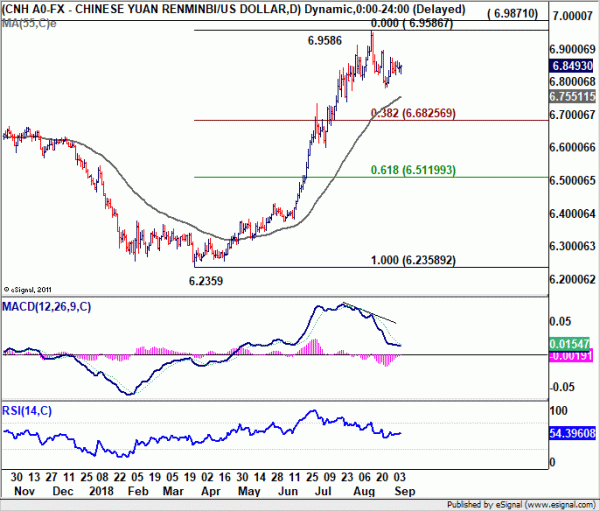

ECB Holzmann: Rise deposit rate to zero by year end important
ECB Governing Council member Robert Holzmann said, “an increase to the deposit rate to zero by the end of the year would be important for monetary policy because it increases optionality.”
“If, towards the end of the year, we were to find that inflation will remain higher for longer, we would have to tighten monetary policy more and raise interest rates more significantly,” he added.